
Doctors Warn: 3 Common Beauty Habits That Many Don’t Realize May Increase Cancer Risks
When beauty routines are done incorrectly, the results can be more harmful than helpful. Some everyday habits—especially the ones we repeat without thinking—may quietly increase long-term health risks. According to experts, the following three beauty practices deserve extra caution, no matter how appealing they may seem.
Dr. Mikkael Sekeres, Chief of Hematology at the Sylvester Comprehensive Cancer Center in Florida, emphasizes:
“Most people know that smoking or alcohol can increase cancer risk, but there are many other daily behaviors that may be similarly harmful. Some of them are small habits or popular beauty practices that often go unnoticed.”
Below are three beauty habits that may elevate cancer risks and should be handled carefully, even if you love them.
1. Frequent Hair Dyeing, Straightening, or Chemical Treatments
Hair dyes and chemical straightening/perm solutions are a staple for many people who enjoy switching up their style. However, these products can contain certain chemicals—such as formaldehyde or some phthalates—that have raised health concerns among researchers.
Formaldehyde is recognized as a human carcinogen, while several types of phthalates may disrupt the body’s hormonal system. Long-term exposure to these substances has been linked in some studies to increased risks of various health issues, including certain cancers.
Some research has suggested a possible association between regular use of chemical hair treatments and higher rates of hormone-related cancers. While experts note that more data is needed, Dr. Sekeres advises consumers to review ingredient lists carefully and limit how often they use harsh chemical products.
Safe practice recommendation:
Even though there is no official limit for hair dyeing frequency, many specialists suggest keeping chemical treatments to only a few times a year and choosing lower-toxicity or ammonia-free formulas whenever possible.
2. Getting Multiple Tattoos Without Understanding the Risks
Tattoos have become a mainstream form of self-expression—but few people consider the long-term effects of tattoo ink on the body. Tattoo pigments can include various chemicals and, in some cases, heavy metals such as cadmium or chromium.
These substances can accumulate in the lymph nodes or tissues over time. Some early studies have proposed that this chronic exposure may contribute to inflammation or cellular changes, which can potentially influence cancer risk. However, experts stress that research is ongoing, and more evidence is needed to fully understand the link.
What is clear is that tattoo inks vary widely in quality and regulation from country to country. Some pigments used in darker or more vibrant colors may contain additives that are not intended for use inside the human body.
If you choose to get tattoos:
-
Go to licensed, reputable studios.
-
Ask about ink ingredients.
-
Space out tattoo sessions to reduce exposure.
-
Avoid uncertified or homemade inks under all circumstances.
You don’t have to give up tattooing entirely—but minimizing unnecessary exposure is wise.
3. Overusing Foods or Skincare Products Containing Hormone-Active Ingredients
A growing trend in the beauty world is using skincare or supplements that contain hormones or hormone-like compounds—especially products marketed to improve skin elasticity or slow aging. The most common ingredients include estrogen, progesterone, or botanical extracts that mimic hormonal effects.
While these products can offer short-term cosmetic benefits, they may also disrupt the body’s natural hormone balance if used improperly. Hormonal imbalance has been associated with increased risks of certain cancers, particularly hormone-sensitive ones such as breast, ovarian, or thyroid cancer.
Some studies have suggested that prolonged exposure to external estrogens or estrogen-like substances may influence cancer risk, especially in individuals with a family history of hormone-related cancers or underlying endocrine disorders.
To stay safe:
-
Always read ingredient labels.
-
Avoid long-term, unsupervised use of hormone-based products.
-
Consult a medical professional if you have a history of hormonal issues or cancer risk factors.
Even “natural” or plant-derived hormone-like ingredients can affect the endocrine system when used excessively.
Final Thoughts
Beauty should never come at the cost of your health. While these habits do not automatically cause cancer, the potential risks increase with frequency, dosage, and long-term exposure. Being informed, choosing safer products, and practicing moderation can significantly reduce those risks.
Before trying any new beauty trend—especially those involving chemicals, pigments, or hormone-active ingredients—take a moment to think about the long-term effects. Your health, after all, is the most valuable part of your beauty.
News in the same category

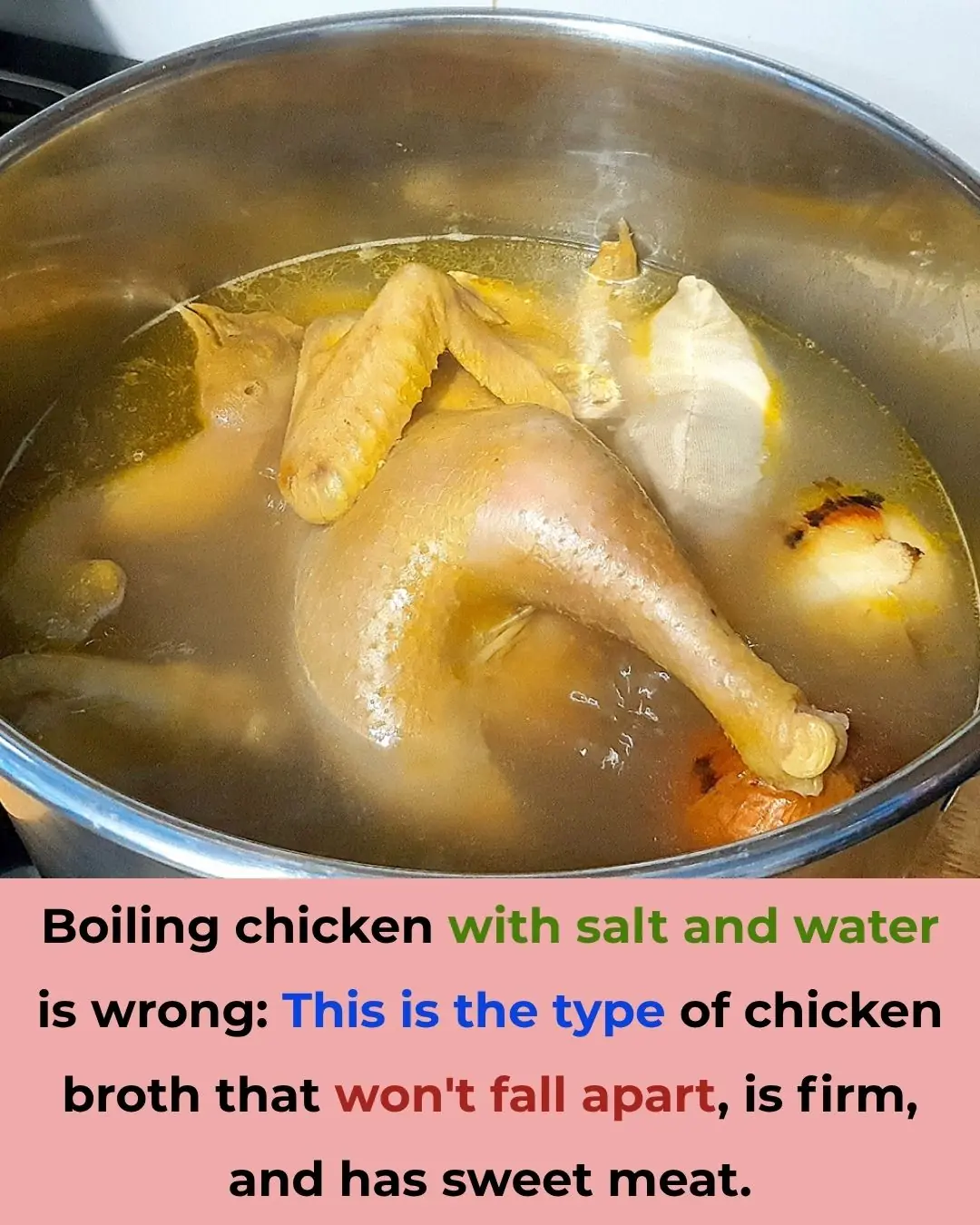
The Right Way to Boil Chicken: This Method Keeps the Meat Firm, Juicy, and Delicious
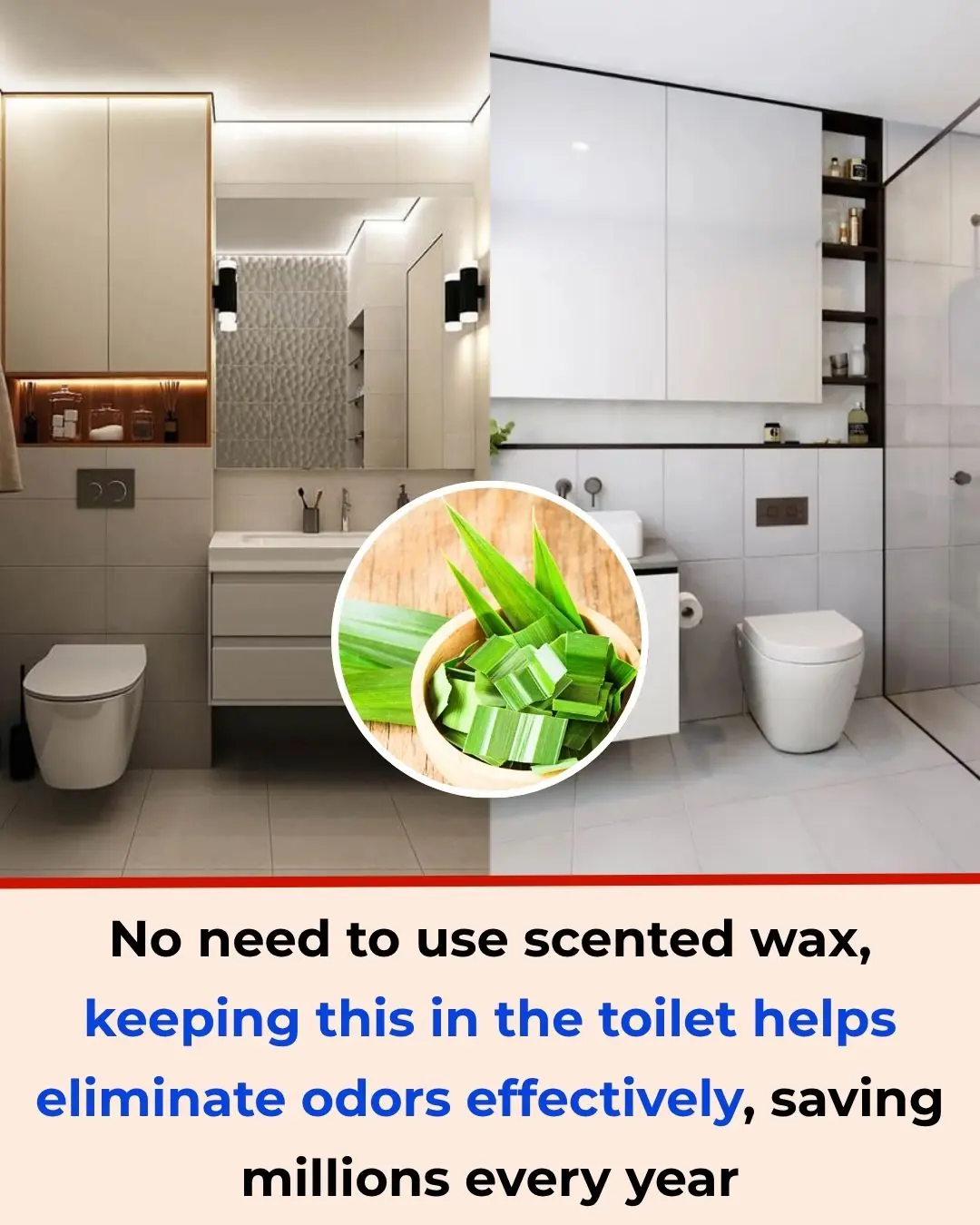
No Need for Air Fresheners: Keep This in Your Bathroom to Eliminate Odors and Save Hundreds Every Year

Why You Should Keep a Small Bottle of Medicinal Oil in Your Bathroom: Special Benefits Everyone Should Know
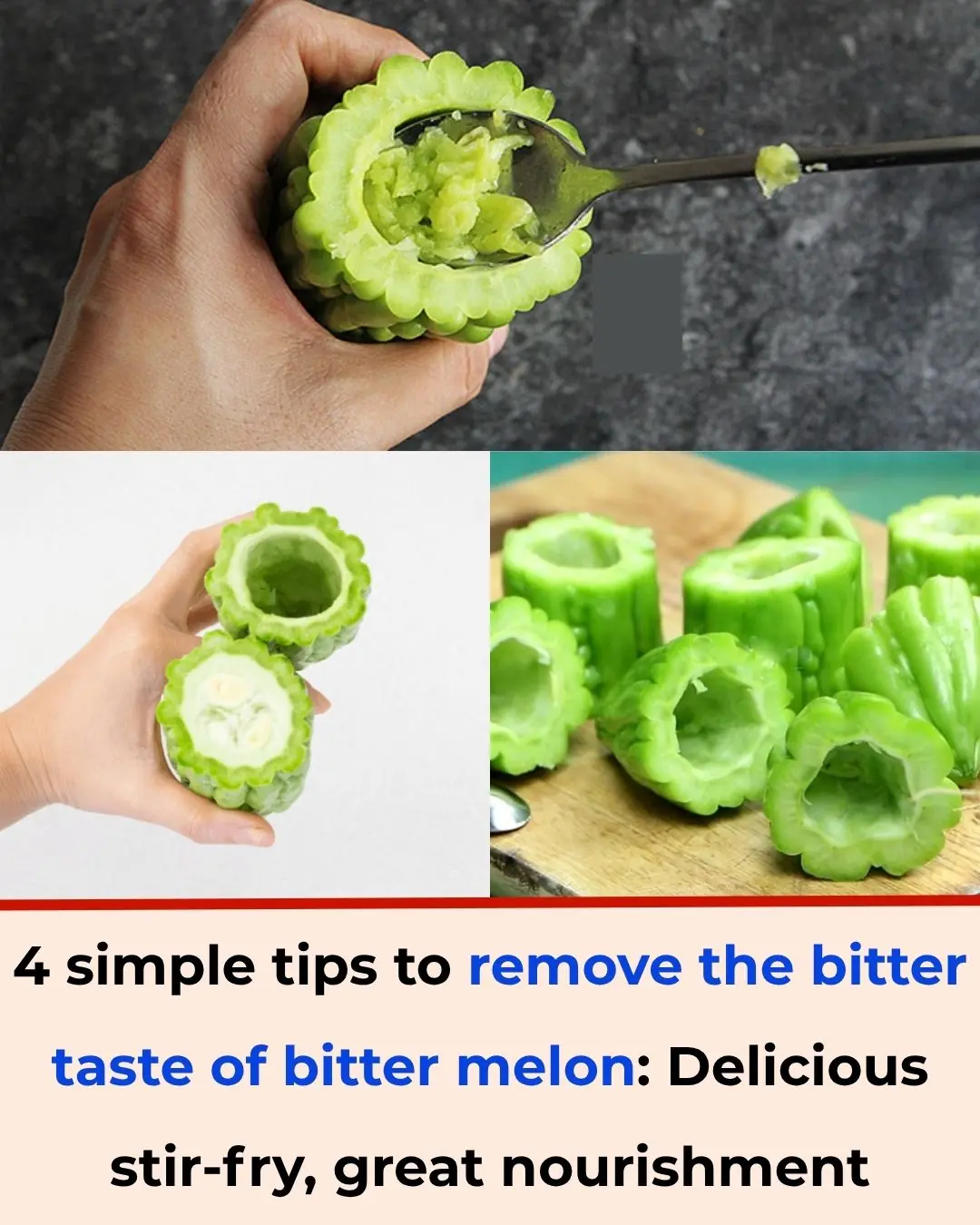
4 Simple Ways to Remove the Bitter Taste from Bitter Melon: Stir-Fry for a Delicious and Nutritious Dish
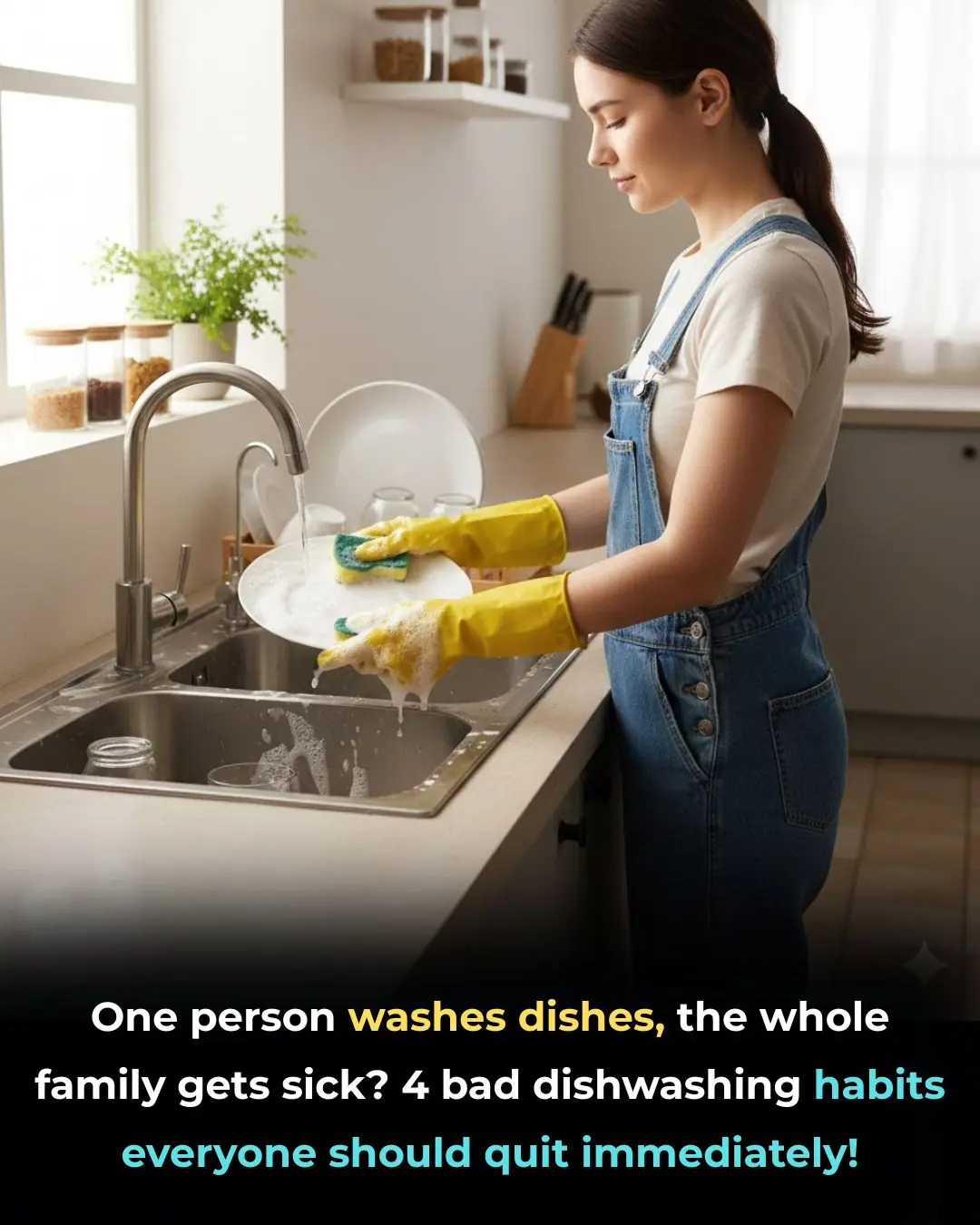
One Person Washes the Dishes, the Whole Family Gets Sick? 4 Dishwashing Mistakes Everyone Should Stop Immediately

A 30-Year-Old Man Suddenly Developed Kidney Failure: 5 Daily Habits Destroying Your Kidneys Without You Realizing
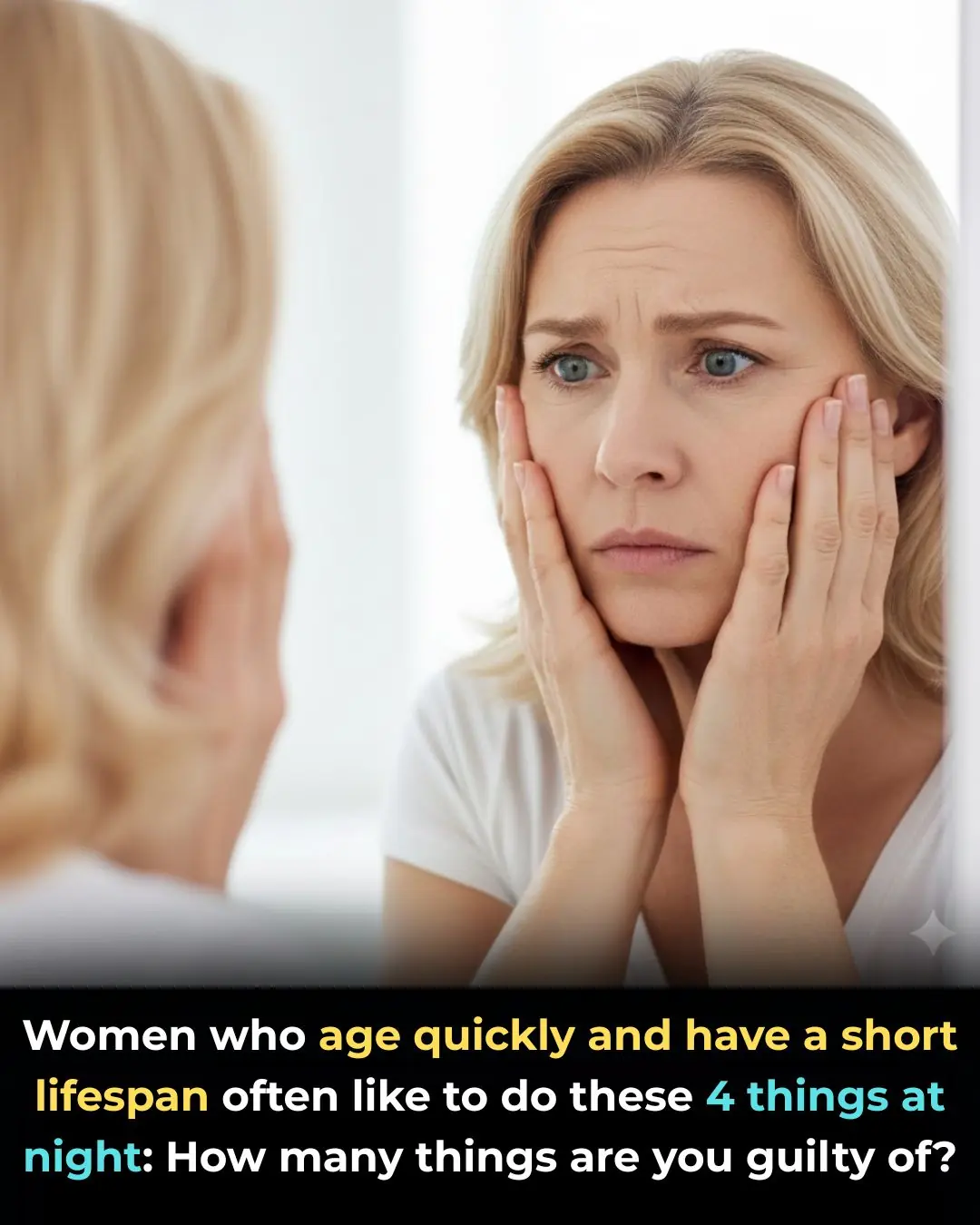
Women Who Age Faster and Live Shorter Often Do These 4 Things at Night — How Many Apply to You?

The dirty fan needs to be disassembled, do this for just a few minutes to clean it, clean the dirty fan. over

4 Signs It’s Time to Replace Your Water Filter Cartridge Immediately

5 Foods You Should Never Combine with Pumpkin

Burn a few garlic bulbs and keep them in the middle of the house. It has great benefits that every family wants to do

If You See a Hole in a Pen Cap, This Is What It Means

🍃 5 Reasons To Add Vinegar to Your Laundry – Safe, Natural & Effective

So clever
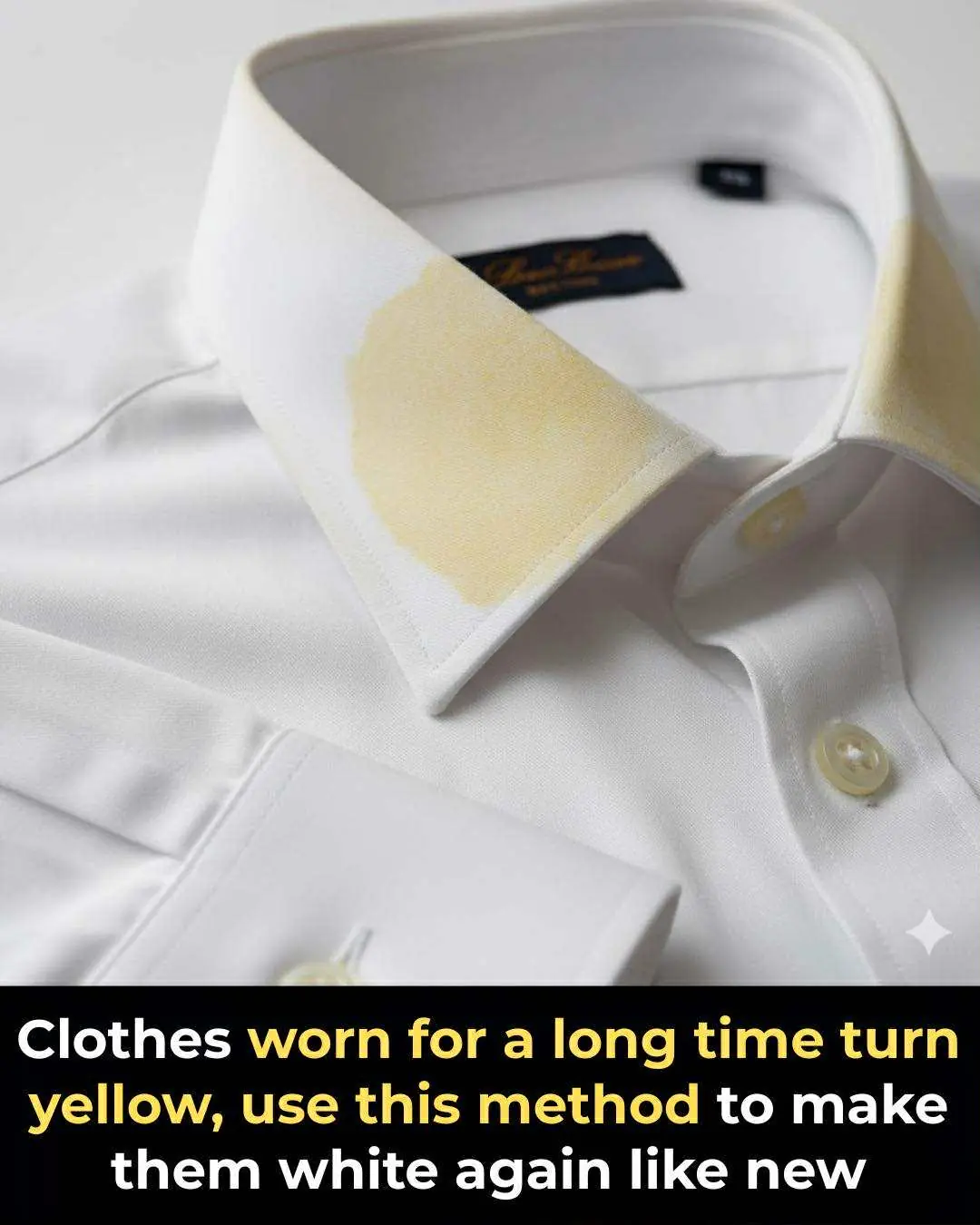
Clothes worn for a long time turn yellow, use this method to make them white again like new

How to remove fishy smell in the refrigerator with simple ingredients

It only takes 5 minutes to plant green onions in the core of toilet paper, saving you money all year round.

Whatever you fry, just add 1 spoon of this powder to the pan, no oil will splatter, the food will be golden brown and crispy.
News Post
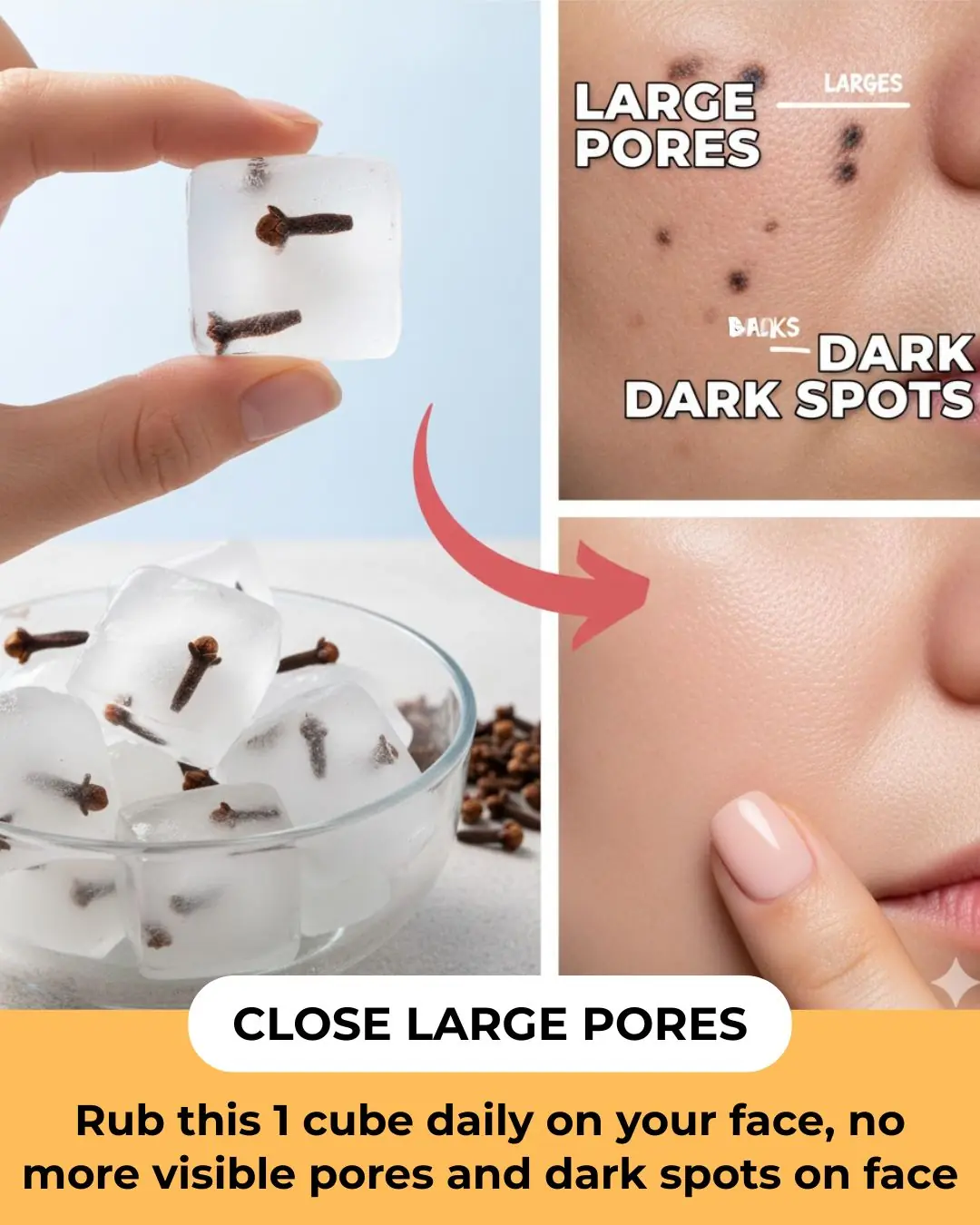
7 Best Ways To Use Cloves For Skin Care
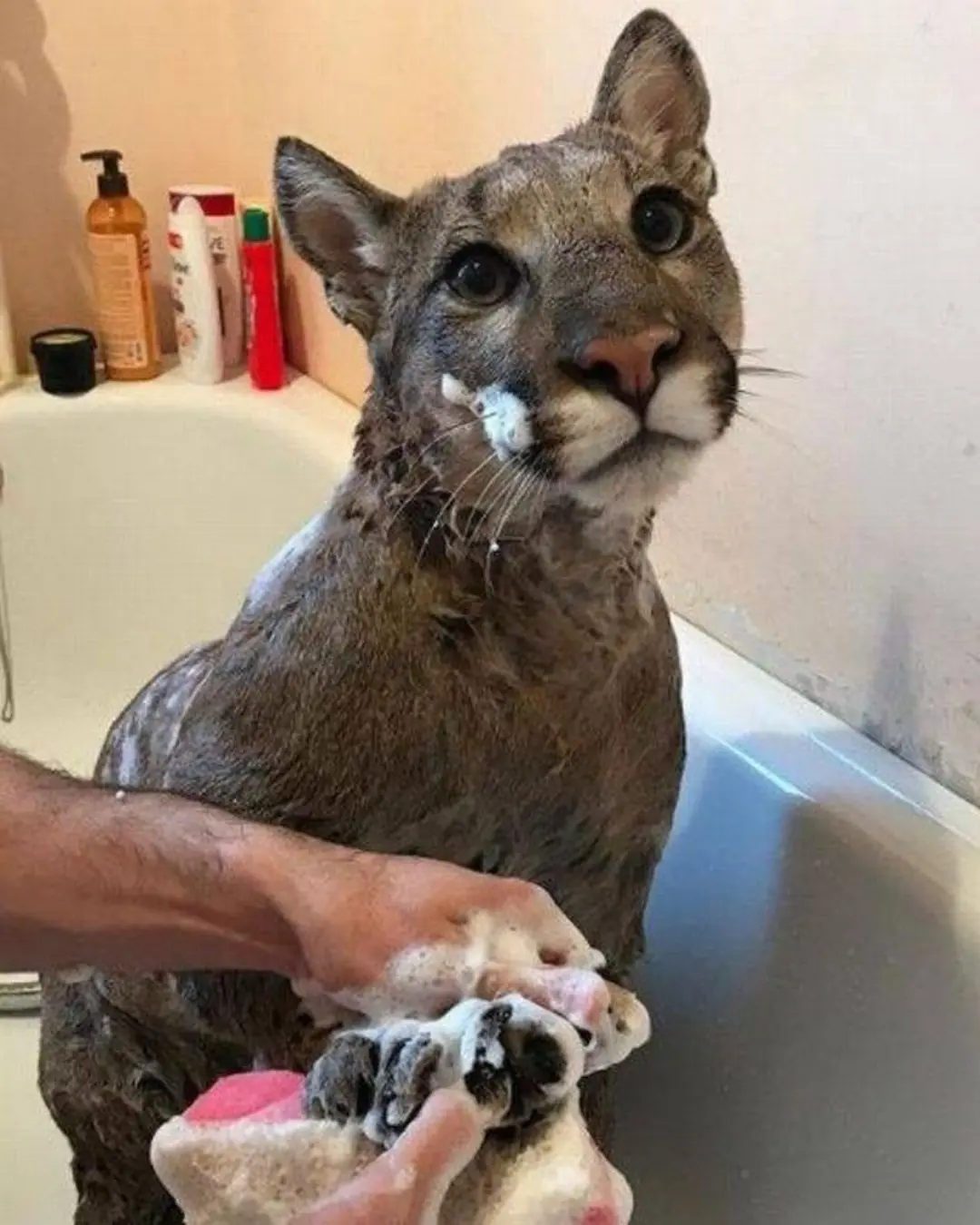
The Second Life of Lions — Finding Freedom After Rescue.

When Wild Hearts Trust Us — The Unspoken Bond Between Humans, Lions, and Tigers.

The Lion Who Loved Back: Jupiter’s Final Goodbye.

Don’t Rush to Refrigerate Lemons: This Method Keeps Them Fresh and Juicy for a Whole Year

The Right Way to Boil Chicken: This Method Keeps the Meat Firm, Juicy, and Delicious

No Need for Air Fresheners: Keep This in Your Bathroom to Eliminate Odors and Save Hundreds Every Year

Why You Should Keep a Small Bottle of Medicinal Oil in Your Bathroom: Special Benefits Everyone Should Know

Six Prisoners, One Fallen Officer, and a Choice That Revealed Their True Hearts.

4 Simple Ways to Remove the Bitter Taste from Bitter Melon: Stir-Fry for a Delicious and Nutritious Dish

One Person Washes the Dishes, the Whole Family Gets Sick? 4 Dishwashing Mistakes Everyone Should Stop Immediately

A 30-Year-Old Man Suddenly Developed Kidney Failure: 5 Daily Habits Destroying Your Kidneys Without You Realizing

“The Cry That Saved Us”: The Night Two Fort Worth Officers Refused to Give Up.

Women Who Age Faster and Live Shorter Often Do These 4 Things at Night — How Many Apply to You?

A Prom Night 76 Years in the Making.

My Husband Left Me and the Kids at Home on Christmas Eve to Celebrate at His Office Party So We Decided to Pay Him a Visit

A 42-Year-Old Man Died of a Stroke Despite Not Smoking or Drinking — Doctors Shocked to Find the Real Daily “Killer” in His Diet

How to Remove Water Stains from Wood with Mayonnaise
